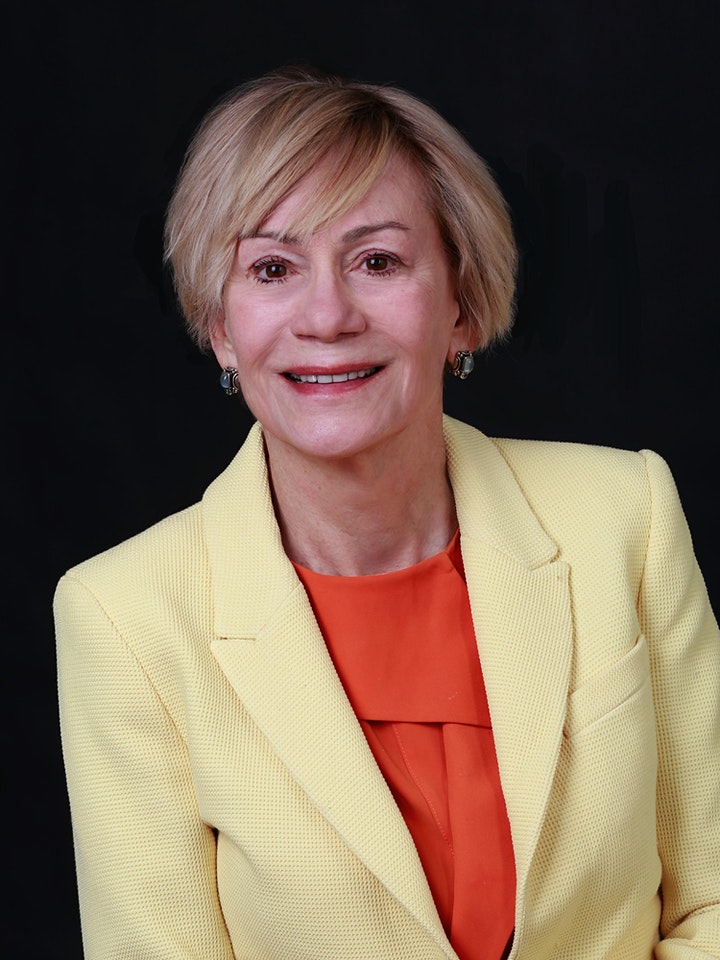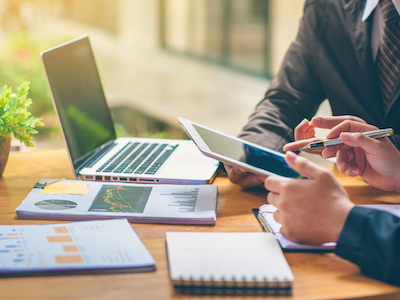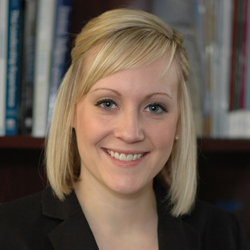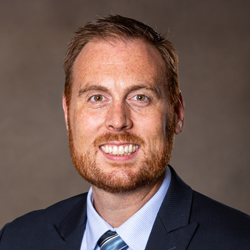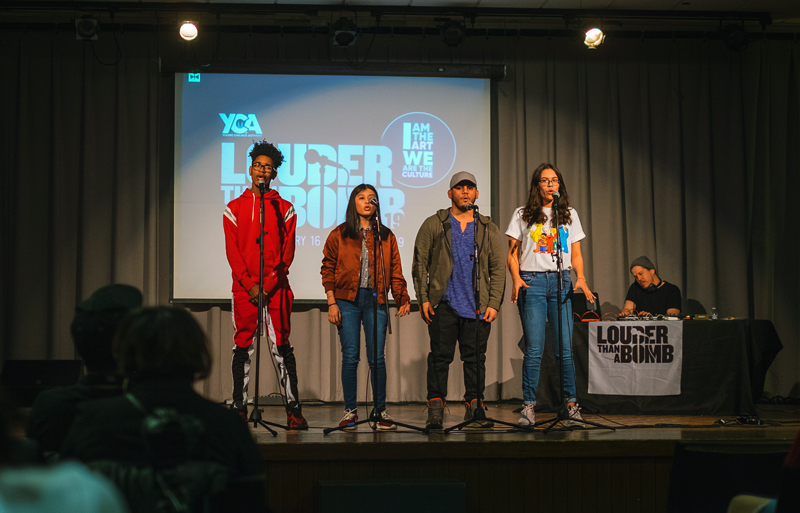We can multiply instances from many different fields, from many different contexts: women today are much more likely to provide visible leadership in major institutions than they have been at any time in history.
Yet why have these changes occurred precisely at this time? I’ll suggest half a dozen factors that have made it possible for women to take these significant strides in leadership.
First is the establishment of institutions of higher education for women toward the end of the nineteenth century. Both men and women worked to open male institutions to women and to build schools and colleges specifically for women students. Careers and activities that had been beyond the reach of all women now for the first time became a plausible ambition. Higher education provided a new platform for leadership by women in many fields.
Virginia Woolf’s powerful essay A Room of One’s Own (1929) makes clear how crucial it was for women to be educated in a university setting. College degrees allowed women to enter professions previously barred to them and, as a result, become financially independent of their fathers and husbands and gain a measure of control over their own lives. Woolf’s less well-known but equally powerful treatise from 1939, Three Guineas, considers the impact of this development on social institutions and practices, including the relations between women and men.
The second crucial development, beginning in the late nineteenth century, was the invention of labor-saving devices such as washing machines and dryers, dishwashers and vacuum cleaners, followed in the second half of the twentieth century by computers and, later still, electronic assistants capable of ordering goods online to be delivered to your door. The women (or men) in charge of running a household today have far more mechanical and electronic support than ever before.
Ironically, for middle-class Americans today, much of the time freed up by these labor-saving devices has been redirected into “super-parenting”: parents are expected to spend much more time educating, protecting, and developing the skills of their children. Yet one might hope that these patterns could be more malleable than the punishing work required of our great-grandmothers to maintain a household.
Third is the success of the long struggle for women’s suffrage in many countries early in the twentieth century. Even more than the efforts that opened colleges and universities for women, the suffrage movements were deliberate, well-organized campaigns in which women leaders used their sources of influence strategically to obtain their goals. Enfranchised women could vote for candidates who advocated policies with particular resonance for them, including family- and child-oriented regulations and laws that tackled discriminatory practices in the labor market. Many female citizens voted as their fathers and husbands did; but the possibility of using the ballot box to pursue their priority interests was for the first time available to them. Women could also stand for election and be appointed to government offices. It is important to note, however, that in the United States, the success of the movement was tarnished by the denial of the vote to many Black persons in the South until the Voting Rights Act of 1965.7
Fourth factor: the easy availability of reliable methods of birth control. Woolf’s A Room of One’s Own gives a vivid portrayal of women in earlier centuries who were hungry for knowledge or professional activity but bore and tended multiple children, making it impossible to find either the time or the opportunity to be educated. In the early twentieth century, there was for the first time widespread public discussion of the methods and moral dimensions of birth control. The opportunity to engage in family planning by controlling the number and timing of births gave women more freedom to engage in other tasks without worrying about unwanted pregnancies. By 1960, when “the pill” became the birth control device of choice for millions of women, the battle for legal contraception had largely been won in most of the world.
Next is women’s liberation, the “second wave” of feminism from the late 1960s through the early 1980s. This multifaceted movement encouraged countless women to reenvision their options and led to important changes in attitudes, behavior, and legal systems. The ideas of the movement were originally developed by women in Western Europe and the United States, but the implications were felt worldwide, and women in many other countries provided examples of feminist ideas and activities.
Among the most important by-products of the feminist movement in the United States was Title ix, passed as part of the Education Amendments Act in 1972. New opportunities for women in athletics and in combatting job discrimination followed the passage of this bill. There is ample evidence that participating in sports strengthens a girl’s self-confidence as well as her physical capacity.8 And although the Equal Rights Amendment has not passed, the broadened application of the Fourteenth Amendment by federal courts made a significant difference in opening up equal opportunities for women.
A fifth factor contributing to greater scope for women’s activities is the change in economic patterns – contemporary capitalism – in which many families feel that they need two incomes to maintain themselves or achieve the lifestyle they covet. This puts more women in the workforce and thus on a potential ladder to leadership, despite remaining biases against women in jobs as varied as construction, teaching economics in a university, representing clients in major trials, and fighting forest fires.
Finally, the change in social expectations that is the cumulative result of all these developments, so that for the first time in history, in many parts of the world, it seems “natural” that a woman might be ambitious for a major leadership post and that with the right combination of talent, experience, and luck, she might actually get it. The more often it happens, the more likely it is that others will be inspired to follow that example, whereas in the past, it would never have occurred to a young girl that she might someday be ceo of a company, head of a major ngo, member of Congress, dean of a cathedral, or president of a university.
If you simply project forward the trajectory we have seen since the 1960s, you might assume that the future will be one in which all top leadership posts finally become gender-neutral, as often held by women as by men. The last bastions will fall, and it will be just as likely that the ceo of a company or the president of the country will be a woman as a man; the same will be true of other forms of leadership.
Sometimes we act as though this is the obvious path ahead, and the only question is how long it will take. On this point, the evidence is discouraging. The Gender Parity Project of the World Economic Forum predicted in 2015 that “if you were born today, you would be 118 years old when the economic gender gap is predicted to close in 2133.”9 The report also notes that although gender parity around the world has dramatically improved in the areas of health and education, “only about 60% of the economic participation gap and only 21% of the political empowerment gap have been closed.”
Yet however glacial the rate of change, we may think: “we’ll get there eventually, because that’s where things are moving.” You might call this path convergence toward parity between men and women as leaders. This is the scenario that appears to underlie much of our current thinking, even if we have not articulated it as such.
This scenario, however, ignores some formidable barriers that women ambitious for formal leadership still face. Several familiar images or metaphors have been coined to make this point: “glass ceiling” or “leaky pipeline.” In Through the Labyrinth, sociologists Alice Eagly and Linda Carli use the ancient female image of the “labyrinth” to describe the multiple obstacles women face on the path to top leadership. It’s surely not a straight path toward eventual convergence.10
The first and most fundamental obstacle to achieving top leadership in any field is that women in almost all societies still have primary (if not sole) responsibility for childcare and homemaking. Few organizations (or nation-states) have workplace policies that support family-friendly lifestyles, including high-quality, reliable, affordable childcare; flexible work schedules while children are young; and support for anyone caring for a sick child or aging parent. This makes things very hard for working parents, and especially for working mothers.
The unyielding expectation that one must show one’s seriousness about a job by being available to work nine- or ten-hour days, being on-call at any time of the week, and ready to move the family to wherever one’s services are needed is a tremendous obstacle to the advancement of women. Although hours worked are correlated with productivity in some jobs and professions, the situation is far more complicated than such a simple metric would indicate. Nonetheless, this measure is often used for promotion and job opportunities, explicitly or in a more subtle fashion. This expectation cuts heavily against a working mother, or a father who might want to spend significant time with his young children.
One of the most stubborn obstacles in the labyrinth is the lack of “on-ramps”: that is, pathways for women (or men) who have “stopped out” to manage a household and raise their children to rejoin their professions at a level commensurate with their talent and past experience.11 Choices made when one’s children are born are likely to define the available options for a mother for the rest of her life, in terms of professional opportunities and salary level. We need more flexible pathways through the labyrinth so that women (or men) can – if they wish – spend more time with their kids in their earliest years and still get back on the fast track and catch up.
We need to work toward a world in which marriage with children more often involves parenting and homemaking by both partners, so that all the burden does not fall on the mother. We urgently need more easily available high-quality childcare outside the home so that working parents can be assured that their kids are well cared for while they both work full time. Reaching this goal will require more deliberate action on the part of governments, businesses, and policy-makers to create family-friendly workplaces. Such policies are in place in several European countries but have not so far been implemented in the United States.12
Other labyrinthine obstacles include gender stereotypes that keep getting in the way of women being judged simply on their own accomplishment. Women are supposed to be nurturing, but if you are kind and sensitive, somebody will say you are not tough enough to make hard decisions; if you show that you are up to such challenges, you may be described as “shrill” or “bitchy.” This “catch-22” clearly plagued Hillary Rodham Clinton in her first campaign for the presidency and took an even more virulent form in her second campaign, when her opponent in the general election and his supporters regularly shouted profoundly misogynistic comments at her.
Women also have fewer opportunities to be mentored. Many (not all) senior women are happy to mentor other women; but if there aren’t any senior women around, and the men aren’t sympathetic, you don’t get this support. Some senior male professors or corporate leaders do try specifically to advance the careers of young women, but many male bosses find it easier to mentor young men, seeing them as younger versions of themselves; they take them out for a beer or a round of golf, and find it hard to imagine doing this for young women.
The #MeToo movement has brought valuable support to many women unwilling to speak out about sexual assault and harassment in the workplace. This is surely a significant step in removing obstacles to women’s advancement. However, this very visible effort has also made some male bosses nervous about reaching out to female subordinates in ways that might be misinterpreted. Men who are already deeply committed to advancing the cause of women do not usually react this way, but those who are less committed may use the #MeToo movement as an excuse not to support women employees, or more often, be genuinely uncertain about which boundaries are inappropriate to cross.
Another insidious obstacle for women on the path to top leadership is popular culture, a formidable force in shaping expectations for young people. Contemporary media rarely suggest a high-powered career as an appropriate ambition for a person of the female sex. The ambitions of girls and women are discouraged when they are taught to be deferential to males and not to compete with them for resources, including power and recognition. Women internalize these expectations, which leads us to question our own abilities. Women are much less likely to put themselves forward for a promotion, a fellowship, or a demanding assignment than men even when they are objectively more qualified in terms of their credentials.13
And finally, in terms of obstacles to women’s out-front leadership, I have so far been describing the situation in Western democracies. As we know, women who might want to be involved in political activity or provide leadership in any institution face even more formidable obstacles in many parts of the world today. Think of Afghanistan, where the Taliban have denied women education or any opportunities outside the home. For young women in such settings, achieving professional status and leadership is a very distant dream.
For all of these reasons, therefore – expectations of primary responsibility for domestic duties, absence of “on-ramps” for returning to the workforce, gender stereotypes, absence of mentors, the power of popular culture, if not systematic exclusion from political activity – women ambitious for out-front leadership must deal with significant barriers that do not confront their male peers.
Addressing the topic of women’s leadership in terms of the obstacles we face makes sense, however, only if significant numbers of women are ambitious for top leadership. In an essay entitled “You’ve Come a Long Way, Baby – and You’ve Got Miles to Go,” leadership scholar Barbara Kellerman asks us to consider the possibility that most women really do not want such jobs. As she put it, “Work at the top of the greasy pole takes time, saps energy, and is usually all-consuming.” So “maybe the trade-offs high positions entail are ones that many women do not want to make.” Maybe, in other words, there are fewer women senators or ceos because women “do not want what men have.”14
If Kellerman is right, as women see what such positions entail, fewer will decide that high-profile leadership is where our ambitions lie, and the numbers of women in such posts will recede from the high-water mark of the late twentieth century toward something more like the world before 1950. Women have proved that we can do it, in terms of high-powered, visible leadership posts. We have seen the promised land, and many women will decide they are happier where most women traditionally have been.
We found something of this kind in a Princeton study on the fortieth anniversary of the university’s decision to include women as undergraduates. President Shirley Tilghman charged a Steering Committee on Undergraduate Women’s Leadership, which issued its report in March 2011, with determining “whether women undergraduates are realizing their academic potential and seeking opportunities for leadership at the same rate and in the same manner as their male colleagues.”15 In a nutshell, the answer was no: women were not seeking leadership opportunities at the same rate or in the same manner.
Many recent Princeton alumnae and current female students the committee surveyed or interviewed in 2010 were not interested in holding very visible leadership positions like student government president or editor of the Princetonian; they were more comfortable leading behind the scenes, as vice president or treasurer. There had not been a female president of the student government or of the first-year class at Princeton in the first decade of the twenty-first century. Other young women told us that they were not interested in the traditional student government organizations and instead wanted to lead in an organization that would focus on something they cared about, working for a cause: the environment, education reform, tutoring at Princeton, or a dance club or an a cappella group.
When we asked young women about this, they told us that they preferred to put their efforts where they could have an impact, in places where they could actually get the work of the organization done, rather than advancing their own resumés or having a big title. In this, they gave different answers than many of their male peers. Their attitudes also differed markedly from those of the alumnae who first made Princeton coeducational forty years before. Those women in the 1970s or 1980s were feisty pioneers determined to prove that they belonged at Princeton against considerable skepticism and opposition. They showed very different aspirations than the female students of the first decade of the twentieth century and occupied all the major leadership posts on campus on a regular basis.
Thus, our committee discovered (to quote our first general finding): “There are differences – subtle but real – between the ways most Princeton female undergraduates and most male undergraduates approach their college years, and in the ways they navigate Princeton when they arrive.” We found statistically significant differences between the ambitions and comfort-levels of undergraduate men and women at Princeton in 2010, in terms of the types of leadership that appealed to them and the ways they thought about power.
If you project forward our Princeton findings, and if Barbara Kellerman and others who share her assumptions are correct, there is no reason to believe that women and men will converge in terms of types of leadership. You might instead predict that these differential ambitions will mean that women will always choose and occupy less prominent leadership posts than men, even as they make a significant difference behind the scenes.
However, this conclusion is at odds with the way things are changing today, at Princeton and elsewhere. In addition to hearing from women who preferred low-key posts, our committee learned that women who did consider running for an office like president of college government often got the message from their peers (mostly their male peers) that such posts are more appropriately sought by men. As the discussion of women’s leadership intensifies on campus, more women stand for offices they might not have considered relevant before. Quite a few women have held top positions on campus in the past decade.
The Princeton women tell us that mentoring is very important and being encouraged to compete for a post makes a big difference. When someone – an older student, a friend or colleague, a faculty or staff member – says to a young woman: “You really ought to run for this office, you’d be really good at this,” she is much more likely to decide to be a candidate. There is a good deal of evidence that this is true far beyond the Princeton campus, including the experiences of women who decide to run for political office or state their interest in a top corporate post.16
Therefore, to those who assert that there is a “natural” difference in motivation that explains the disparities between men and women in leadership, I would respond that we cannot know whether this is true until more women are encouraged to take on positions of leadership. We cannot determine, also, whether women are “naturally” interested in top leadership posts until women everywhere can attain such positions without making personal and family sacrifices radically disproportionate to those faced by men.
In asking what drove the dramatic change in women’s opportunities for leadership over the past half-century, I mentioned as one factor the strength of second-wave feminism. From the point of view of women and leadership, it is ironic that this movement was firmly and explicitly opposed to having any individual speak for and make decisions for other members. The cherished practice was “consciousness-raising,” with a focus on group-enabled insights. The search for consensus and common views was a significant feature of any activity projected by feminist groups in this period.
Second-wave feminism led to some significant advances for women, but the rejection of any out-front leadership meant that the gains were more limited than some members of the movement had envisioned. As was the case with Occupy Wall Street in the twenty-first century, the rejection of visible public leadership constrained the development and implementation of policy, despite the passion and commitment displayed by thousands of participants. The antipathy of second-wave feminists to power, authority, and leadership also means that it is hard to envision a feminist conception of leadership without coming to terms with this legacy.
This tension between “feminism” and “power” long predates the second wave. As women from Mary Wollstonecraft onward have attempted to understand disparities between the situation of women and men, the power held by men – in the state, the economy, and the household – has been a central part of the explanation. Feminists have often identified power with patriarchy, and therefore seen power as antipathetic to their interests as women striving to flourish as independent, creative human beings, rather than as a possible tool for change.
As a result of this age-old linkage of power with patriarchy, one further step in the decades-long progression of women from subordinate positions to positions of authority and leadership is a reconstruction of what it means to provide leadership and hold power. These activities must be detached from their fundamental connection to patriarchy, to make them more compatible with womanhood. There is evidence that this is happening today, as more and more women see power as relevant for accomplishing their goals and are increasingly willing to be seen wielding it with determination and even relish.
Many women today, in multiple contexts and in different parts of the world, are becoming more comfortable with exercising authority and holding power, and are openly ambitious to do so. These leaders see no need to deny or worry about their femininity, but instead concentrate on gaining power and getting things done. For these women, to a large extent, their sex/gender is not a relevant variable.
However, the other side of the equation – men and other women becoming comfortable with women in power and seeing their sex/gender as irrelevant – is lagging behind. Women are ready to take on significant public leadership positions in ways that have never been true before. But what about their potential followers? Large numbers of citizens in many countries and employees in many organizations – men and women – may still be reluctant to accept women as leaders who hold significant power over their lives.
This fluid situation calls both for creative feminist theorizing and for consolidating steps that are already being taken in practice. One of the most effective ways to provide the groundwork for this next stage of development is for more and more women to step forward for leadership posts. As with other profound social changes, including a broader acceptance of homosexuality and support for gay marriage, observing numerous instances of the phenomenon that initially appears “unnatural” can lead, over a remarkably short period of time, to changes in values and beliefs.
People who discover that valued friends, coworkers, or family members are gay are often likely to change their views on homosexuality. The same, one might hypothesize, will be true with women in power, as powerful women become a “normal” part of governments and corporations. The more women we see in positions of power and authority, the more “natural” it will seem for women to hold such posts.
In the final section of the Princeton report, we spoke of a world in which both women and men take on all kinds of leadership posts, out front and behind the scenes, high profile and supportive. This is neither convergence toward parity nor differential ambitions: it is a change in patterns of leadership and in the understanding of what posts are worth striving for, for both women and men.
Some of the Princeton students who argued for the importance of working for a cause saw themselves as carving out a new model of leadership. They rejected the unspoken assumption behind our study that the (only) form of leadership that really counts is being head of student government or president of your class. In doing this, they were reflecting some of the values of second-wave feminism, even when they were not aware of this influence. Believing that a visible leadership post, with a big title and a corner office, is the only type of leadership worth aspiring to is the kind of conception that second-wave feminism was determined to undermine.
Nonetheless, it remains true – and important – that the out-front, high-profile offices in the major organizations and institutions of a society come with exceptional opportunities to influence the course of events and the directions taken by large communities. Even as we value work done behind the scenes and in support of a worthy cause, we should not forget that the leaders who have the most power and the greatest degree of authority in any society are the ones who can make the most substantial difference in the world. Such posts should no longer be disproportionately held by men.
In the conclusion of her feminist classic The Second Sex, published in 1949, Simone de Beauvoir reminds us that it is very hard to anticipate clearly things we have not yet seen, and that in trying to do this, we often impoverish the world ahead. As she puts it, “Let us not forget that our lack of imagination always depopulates the future.”17 In her chapter on “The Independent Woman,” she writes:
The free woman is just being born…. Her “worlds of ideas” are not necessarily different from men’s, because she will free herself by assimilating them; to know how singular she will remain and how important these singularities will be, one would have to make some foolhardy predictions. What is beyond doubt is that until now women’s possibilities have been stifled and lost to humanity, and in her and everyone’s interest it is high time she be left to take her own chances.18
Because several generations of women and men have worked hard since 1949 to make the path easier for women, our possibilities as leaders are no longer “lost to humanity.” But these gifts are still stifled to some extent, and we are still operating with models of leadership designed primarily by and for men. It is surely high time we as women – with support from our partners, our families, our colleagues, from the political system, and from society as a whole – take our own chances.
This essay is reprinted with permission from Daedalus, Volume 149, No. 1, Winter 2020, ©2020 American Academy of Arts and Sciences, published by The MIT Press. To read the full issue, please visit: https://www.mitpressjournals.org/toc/daed/149/1
Author’s Note
For helpful comments, I am much indebted to Robert O. Keohane, Shirley Tilghman, Nancy Weiss Malkiel, and Dara Strolovich; to the participants in our authors’ conference in April 2019; and to students and colleagues who raised thoughtful questions after the Albright Lecture at Wellesley College in January 2014 and the Astor Lecture at the Blavatnik School of Government, Oxford University, in March 2016.
Endnotes
1 Nannerl O. Keohane, Thinking about Leadership (Princeton, N.J.: Princeton University Press, 2010), 23.
2 Robert Dahl, “The Concept of Power,” Behavioral Science 2 (3) (1957): 202.
3 John W. Gardner, On Leadership (New York: Free Press, 1990), 2.
4 A. W. Geiger and Lauren Kent, “Number of Women Leaders around the World Has Grown, but They’re Still a Small Group,” Fact Tank, Pew Research Center, March 8, 2017, http://www.pewresearch.org/fact-tank/2017/03/08/women-leaders-around-the-world/.
5 Maya Salam, “A Record 117 Women Won Office, Reshaping America’s Leadership,” The New York Times, November 7, 2018, https://www.nytimes.com/2018/11/07/us/elections/women-elected-midterm-elections.html.
6 Center for American Women and Politics, “By the Numbers: Women Congressional Candidates in 2018,” September 12, 2018.
7 On this topic, see Nannerl O. Keohane and Frances McCall Rosenbluth, “Introduction,” Dædalus 149 (1) (Winter 2020).
8 Anne Bowker, “The Relationship between Sports Participation and Self-Esteem During Early Adolescence,” Canadian Journal of Behavioural Science 38 (3) (2006): 214–229;.
9 World Economic Forum, “Gender Parity,” https://www.weforum.org/agenda/archive/gender-parity.
10 Alice H. Eagly and Linda L. Carli. Through the Labyrinth: The Truth about How Women Become Leaders (Boston: Harvard Business School Press, 2007).
11 Sylvia Ann Hewlett, “Off-Ramps and On-Ramps: Women’s Non-Linear Career Paths,” in Women and Leadership: The State of Play and Strategies for Change, ed. Barbara Kellerman and Deborah L. Rhode (San Francisco: Jossey Bass, 2007), 407–430;.
12 Francine D. Blau and Lawrence M. Kahn, “Female Labor Supply: Why Is the United States Falling Behind?” The American Economic Review 103 (3) (2013): 251–256;.
13 Institute of Leadership and Management, “Ambition and Gender at Work” (London: Institute of Leadership and Management, 2010), https://www.institutelm.com/resourceLibrary/ambition-and-gender-at-work.html.
14 Barbara Kellerman, “You’ve Come a Long Way, Baby– and You’ve Got Miles to Go,” in The Difference “Difference” Makes, ed. Deborah Rhode (Stanford, Calif.: Stanford University Press, 2002), 55.
15 Steering Committee on Undergraduate Women’s Leadership, Report of the Steering Committee on Undergraduate Women’s Leadership (Princeton, N.J.: Princeton University, 2011), accessed via http://wayback.archive-it.org/5151/20171216175914/https://www.princeton.edu/reports/2011/leadership/documents/SCUWL_Report_Final.pdf.
16 Richard Fox and Jennifer Lawless, “Uncovering the Origins of the Gender Gap in Political Ambitions,” American Political Science Review 108 (3) (2014): 499–519; and Jennifer Lawless and Richard Fox, It Takes a Candidate: Why Women Don’t Run for Office (New York: Cambridge University Press, 2005).
17 Simone de Beauvoir, The Second Sex, trans. and ed. Constance Borde and Sheila Malovany-Chevallier (New York: Random House, 2011), 765.
18 Ibid., 751.

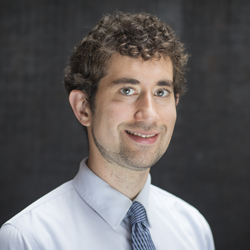


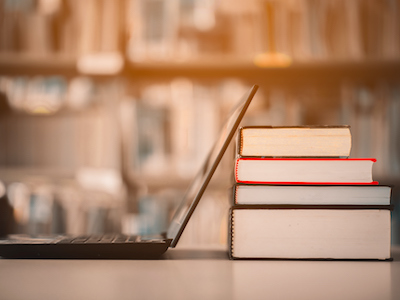

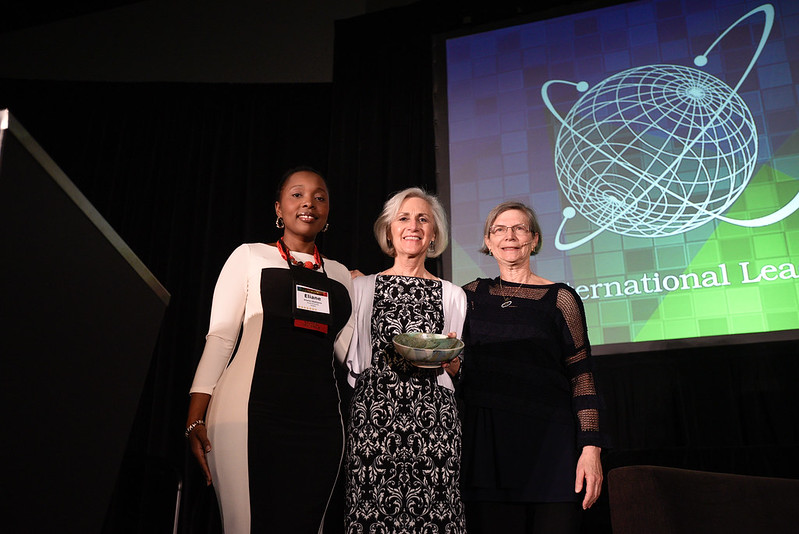

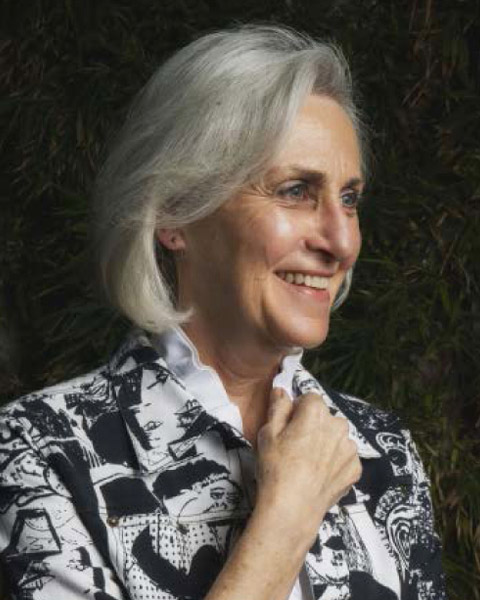





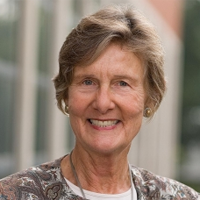
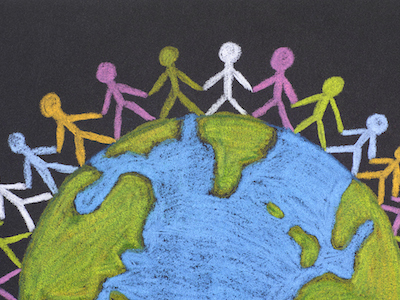





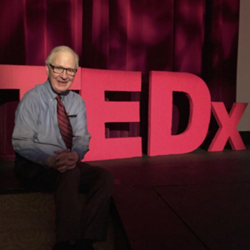
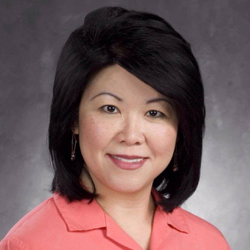
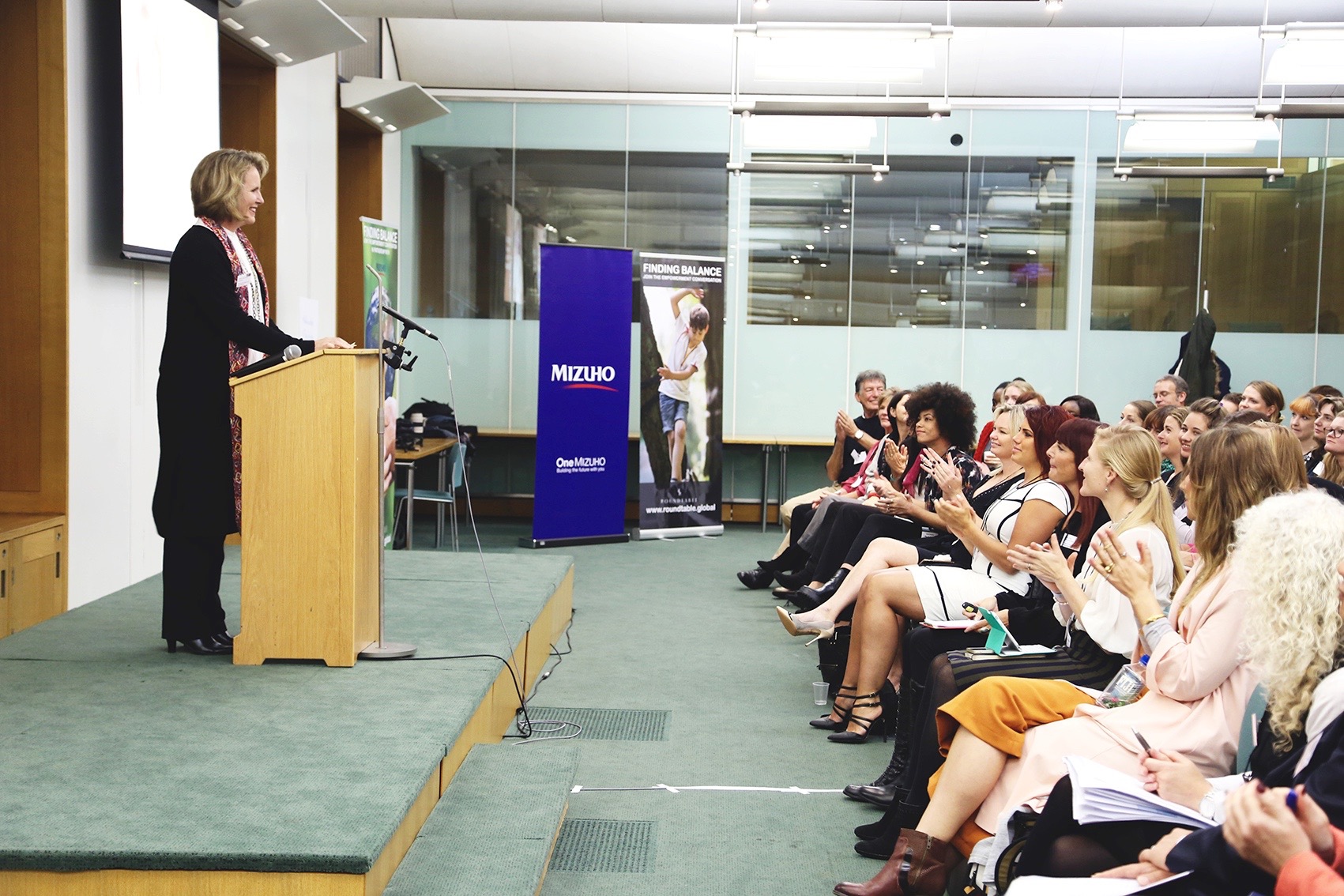
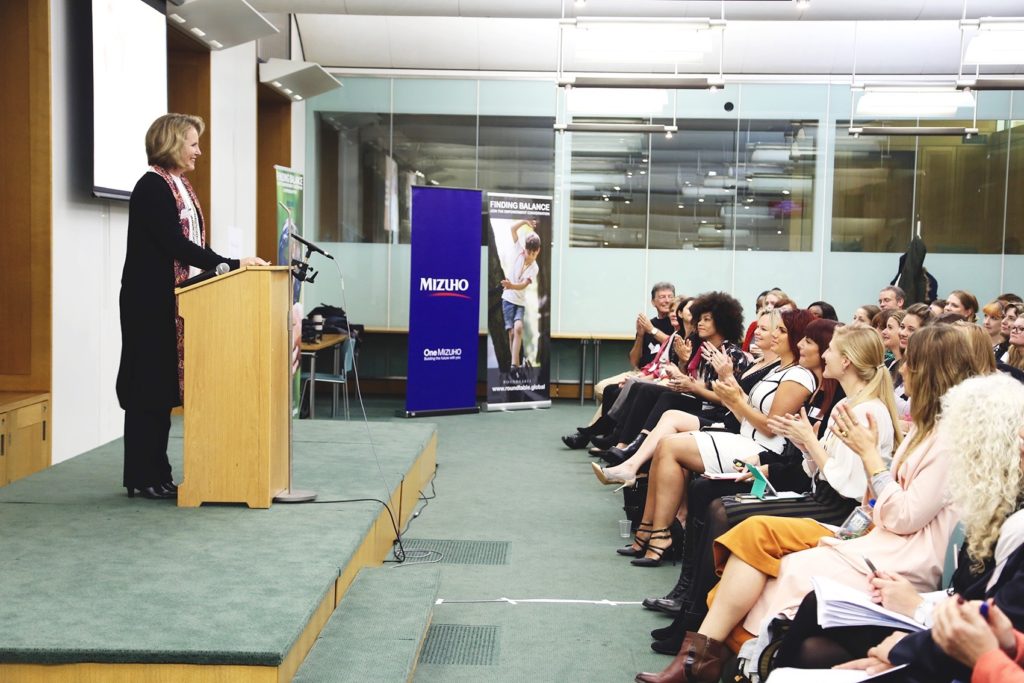

 Susan is well known by many international organizations, foreign governments, women’s organizations, and universities around the world. In recent years, she has presented at Lithuania’s President’s Palace, the United Nations, and the Parliament of the United Kingdom. In addition to a host of speaking engagements in the U.S., Susan has given keynotes and/or presentations in Argentina, Slovenia, China, Korea, Croatia, Austria, England, Estonia, the Czech Republic, Australia, Costa Rica, New Zealand, Canada, Norway, Switzerland, Belgium, South Africa, and the United Arab Emirates. She is also a Visiting Fellow of the Faculty of Economics and Business at the University of Zagreb, Croatia and a former Fellow of The Leadership Trust Foundation in Ross-on-Wye, U.K.
Susan is well known by many international organizations, foreign governments, women’s organizations, and universities around the world. In recent years, she has presented at Lithuania’s President’s Palace, the United Nations, and the Parliament of the United Kingdom. In addition to a host of speaking engagements in the U.S., Susan has given keynotes and/or presentations in Argentina, Slovenia, China, Korea, Croatia, Austria, England, Estonia, the Czech Republic, Australia, Costa Rica, New Zealand, Canada, Norway, Switzerland, Belgium, South Africa, and the United Arab Emirates. She is also a Visiting Fellow of the Faculty of Economics and Business at the University of Zagreb, Croatia and a former Fellow of The Leadership Trust Foundation in Ross-on-Wye, U.K.